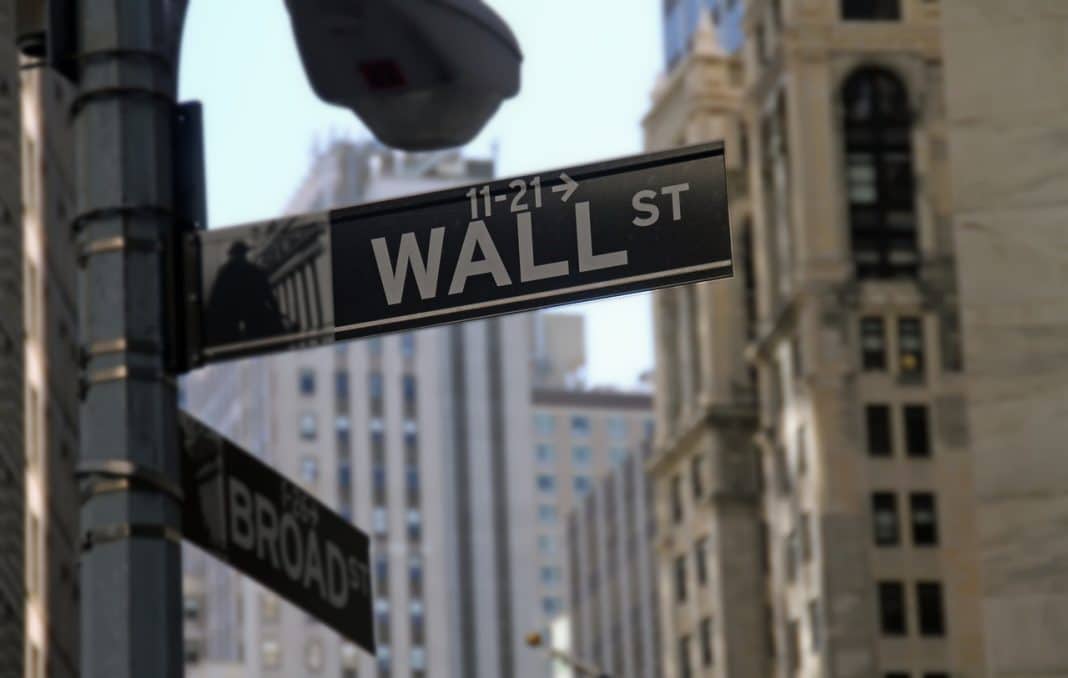A new report shows that Wall Street is the fifth-largest carbon emitter, coming in just after Russia and before Indonesia.
In 2020, 8 of the largest US Banks and 10 of the largest US asset managers financed $2 billion tons of carbon emissions.
Though major corporations have shared their support for net-zero initiatives, the “Wall Street’s Carbon Bubble” report by the Sierra Club and the Center for American Progress (CAP) says it isn’t enough.
Some banks are continuing to fund oil and heavy industries, but many have joined the Glasgow Financial Alliance for Net Zero (GFANZ) to limit their investment in heavy emitters.
“If left unaddressed, climate change could lead to a financial crisis larger than any in living memory,” said Andres Vinelli, vice president of economic policy at CAP.
According to Insurer Swiss Re, the global economy could lose 18% of current GDP by 2048 if no action against climate change is taken. So, whether you are an environmentally-conscious investor or not, there is cause for concern.
The report went on to say that financial institutions across the 20 largest economies have $22 trillion worth of assets within carbon-intensive sectors.
Following the report’s release, SEC Commissioner Caroline Crenshaw acknowledged the concerns expressed but drew attention to actions taken at COP26.
Many public companies have pledged to reach net-zero with world leader support.
However, she did say, “It’s sometimes unclear to me how companies will achieve these goals. Nor is it clear that companies will provide investors with the information they need to assess the merits of these pledges and to monitor their implementation over time.”
Crenshaw added that “metrics calculated using reliable and comparable methodologies that enable investors to decide whether companies mean what they say” will play a significant role moving forward.
The Securities and Exchange Commission is looking at more rigid climate reporting rules from publicly traded companies, including banks.
A ruling could take place as soon as next year.

